The Martin Wickramasinghe Museum
One of our first mornings in Galle, we took a bus to Alanthgama with the intention of seeing stilt fisherman — one of Sri Lanka’s most iconic images. But whether it was due to the stormy seas, the time of day, or the recently completed New Year’s festivities, the stilts were unoccupied. Foiled! Now what would we do?
“It says here that the Martin Wickramasinghe Museum is nearby.”
“Martin Wickra-what?!”
“No clue. Some author.”

We were only going because there was nothing else to do, and were in solid agreement that house-museum of an author we’d never heard of couldn’t possibly be the slightest bit interesting. But how wrong we were!
The museum is split into a couple sections. The cabin where Mr. Wickramasinghe grew up has been preserved and contains original furniture, pictures of the author receiving awards and a thorough chronicle of his life. Wickramasinghe (May 1890 – July 1976) was one of the cultural lights of colonial Ceylon, and one of the few writers of any prominence who chose Sinhalese as his primary language. He was fascinated by the culture of his island and worked tirelessly to both nurture and promote it.
One of his projects was a Sri Lankan Folk Museum, which we visited after touring the cabin. The museum is deceptively large, with a fascinating collection of the tools, masks, fashions and utensils of Sri Lanka’s past. Nearly every item was described in both English and Sinhalese. My favorites were a set of antiquated board games, and the recreation of an amazing 7th century Monsoon Furnace uncovered near Ratnapura.
I already knew that the early Sinhalese were considered ancient masters of engineering for their irrigation projects, but this really blew my mind. They had set up west-facing iron-smelting furnaces to capture the winds of the yearly monsoons. Modern engineers scoffed at the idea, until recreating it themselves. The monsoon winds are steady and strong enough to produce high-quality iron, and the furnaces generated up to ten tons annually.
The Martin Wickramasinghe Museum was an unexpected highlight. It was crowded with Sri Lankan families, but we were the only foreigners present. That’s a shame — tickets are only 200 rupees per person, and the exhibits provide an unforgettable glimpse into the island’s culture.
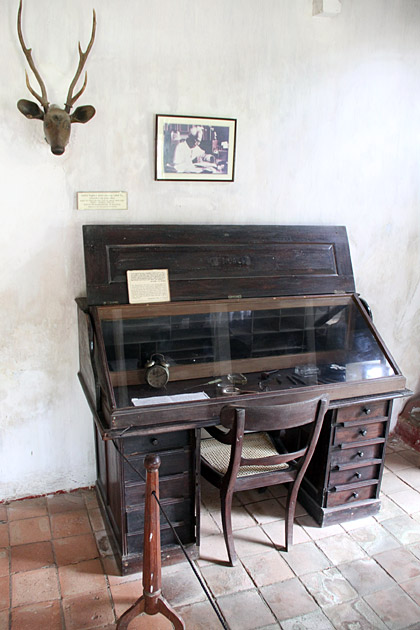
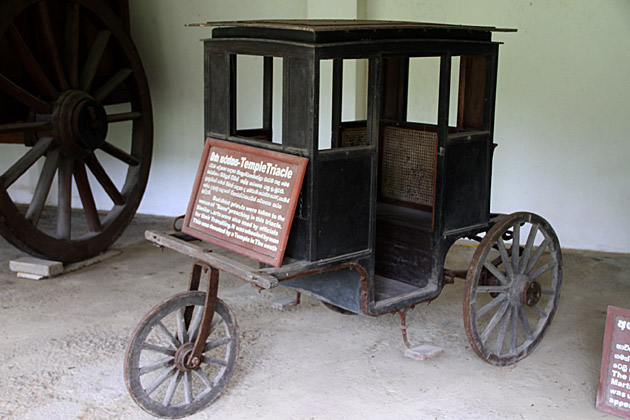
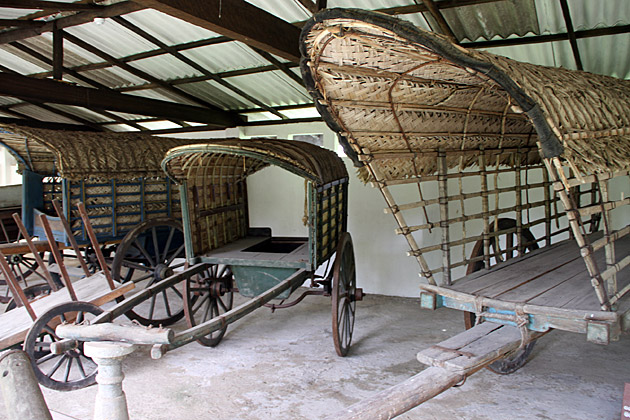



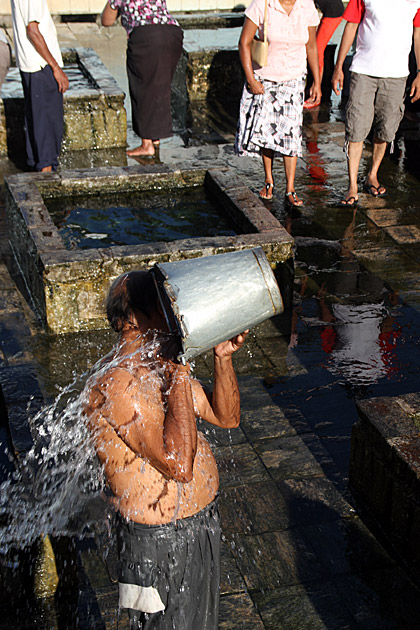
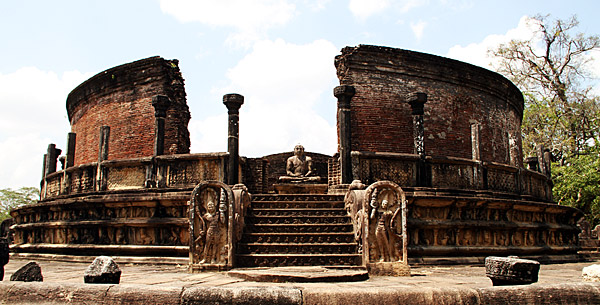
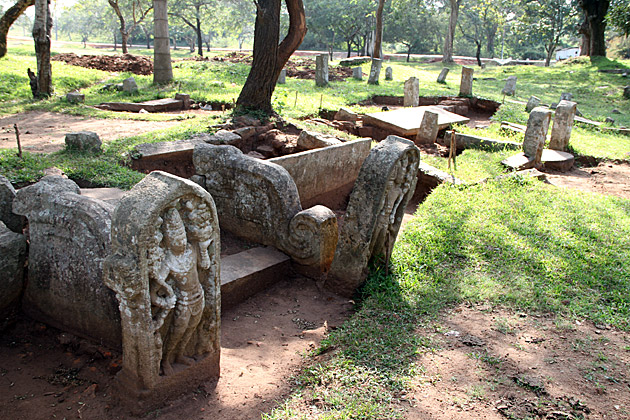

Hi Mike, Guess you two are still in Galle. I think it’s raining hard there time to time. If not you can try the beautiful beaches in Unawatuna or Roomassala. Unawatuna is more popular, crowded and yes, easily accessed.You two can try the Jungle Beach in Roomassala, Galle. Roomassala is a hill at the other side of the Galle harbor is well known for exotic plant life, folk-lore of 5000+ years and the Japanese Peace
Pagoda. It also has a splendid, isolated beach the locals call the
“Jungle Beach”. The sheltered sandy beach facing Galle bay is one of the
most secluded, magical and wildest beaches you could find. During calmer days it’s like a pool. You can compare it with Trinco and Arugambay beaches. Plus the view of the Galle fort, bay, harbor and the vast ocean from the top of the hill view points or from platform of the pagoda is amazing. Give it a try on a clear day.Cheers…!
Hi Guys, Jst saw on twitter that you’ve visited the beach. Cooool… 😉 Awaiting for your trip report…!! Cheers…!
Thank you for the comment … yeah, we went yesterday and loved it. We were the only ones on beach. True paradise! We will be writing about it very shortly!